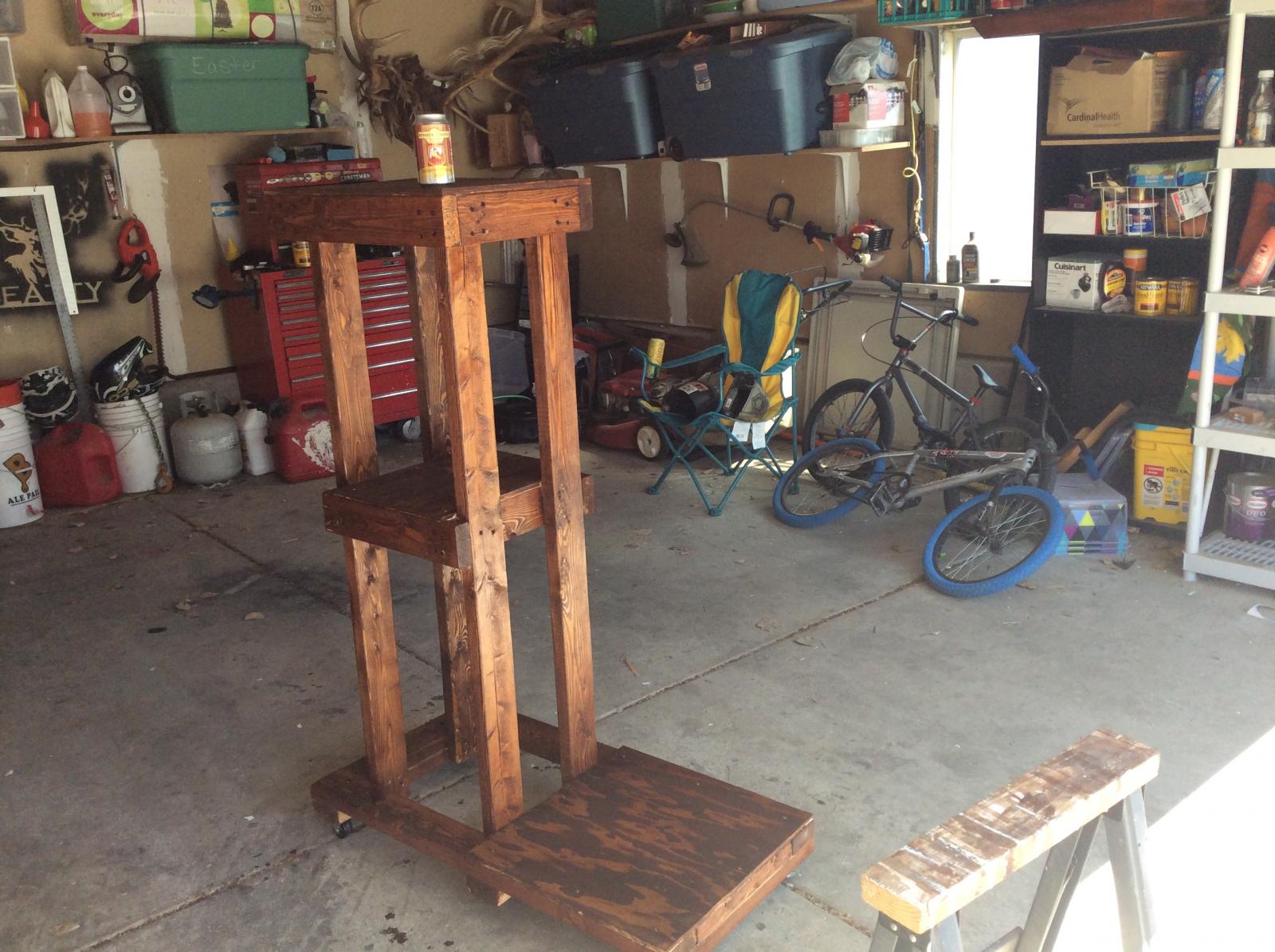After 8 relatively trouble-free brewing sessions with my Grainfather, I became careless on the 9th one. Without realizing it, I turned the controller switch to boil instead of to the temperature-controlled setting for mashing and, while getting my sparge water ready, didn't notice until too late that the mash temperature had risen to 183 degrees F. Not knowing exactly what to do, I simply turned the heat off and it gradually cooled to about 170 after an hour's worth of mashing. I continued as I would normally with sparging, boiling, chilling, etc., and ended up with an SG going into the fermenter within just a couple of points of what I expected. My question is this: will the beer be drinkable? Or should I simply dump it? This was a small batch using the new micro pipework: 6 lbs. of grain for a 3-gallon batch.






![Craft A Brew - Safale S-04 Dry Yeast - Fermentis - English Ale Dry Yeast - For English and American Ales and Hard Apple Ciders - Ingredients for Home Brewing - Beer Making Supplies - [1 Pack]](https://m.media-amazon.com/images/I/41fVGNh6JfL._SL500_.jpg)



















































 though the ping pong ball innovation was the brain child of the late great Paul Wickstead of New Zealand....RIP Paul.....I shall pour a glass to your memory tonight
though the ping pong ball innovation was the brain child of the late great Paul Wickstead of New Zealand....RIP Paul.....I shall pour a glass to your memory tonight 
